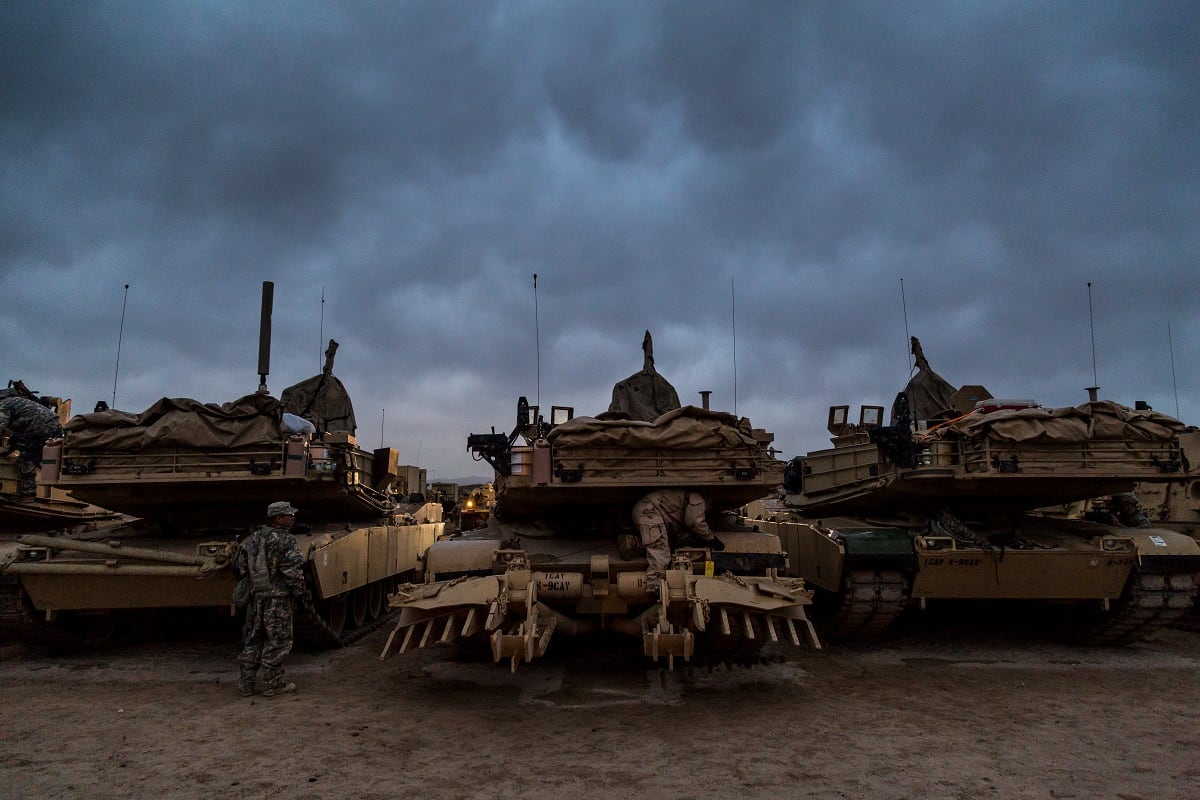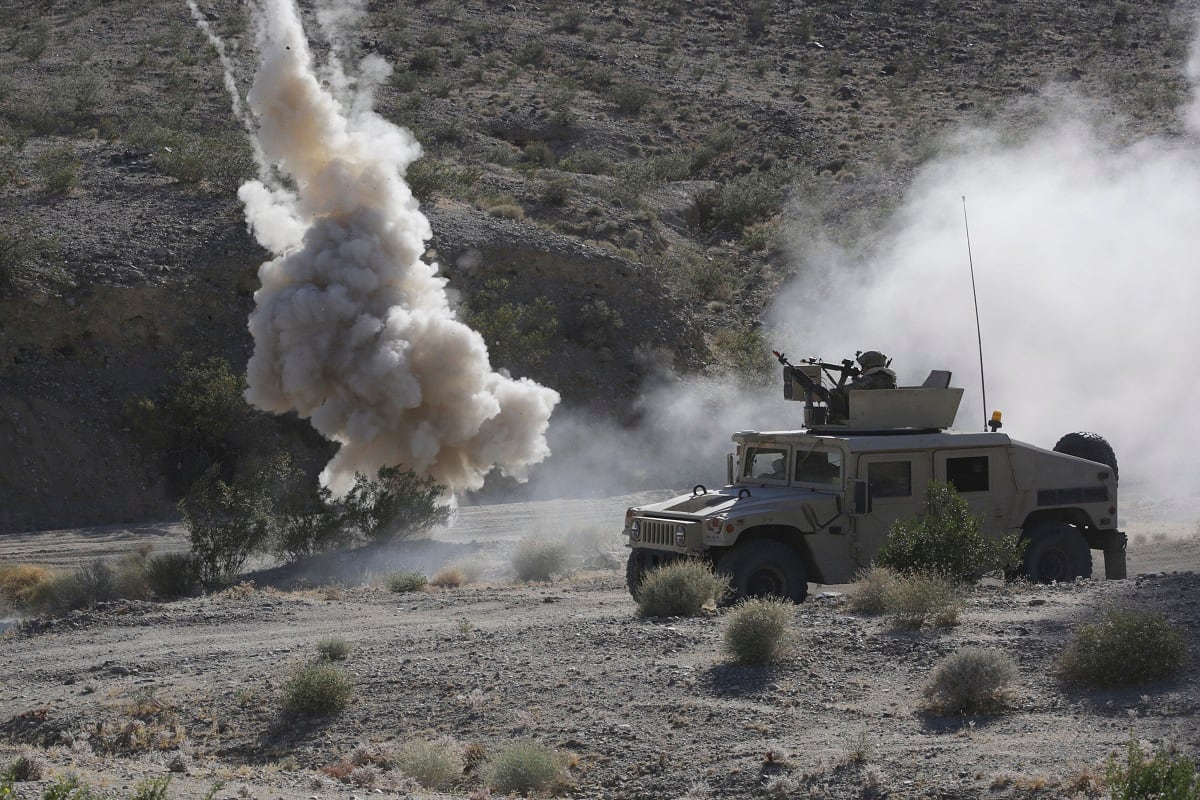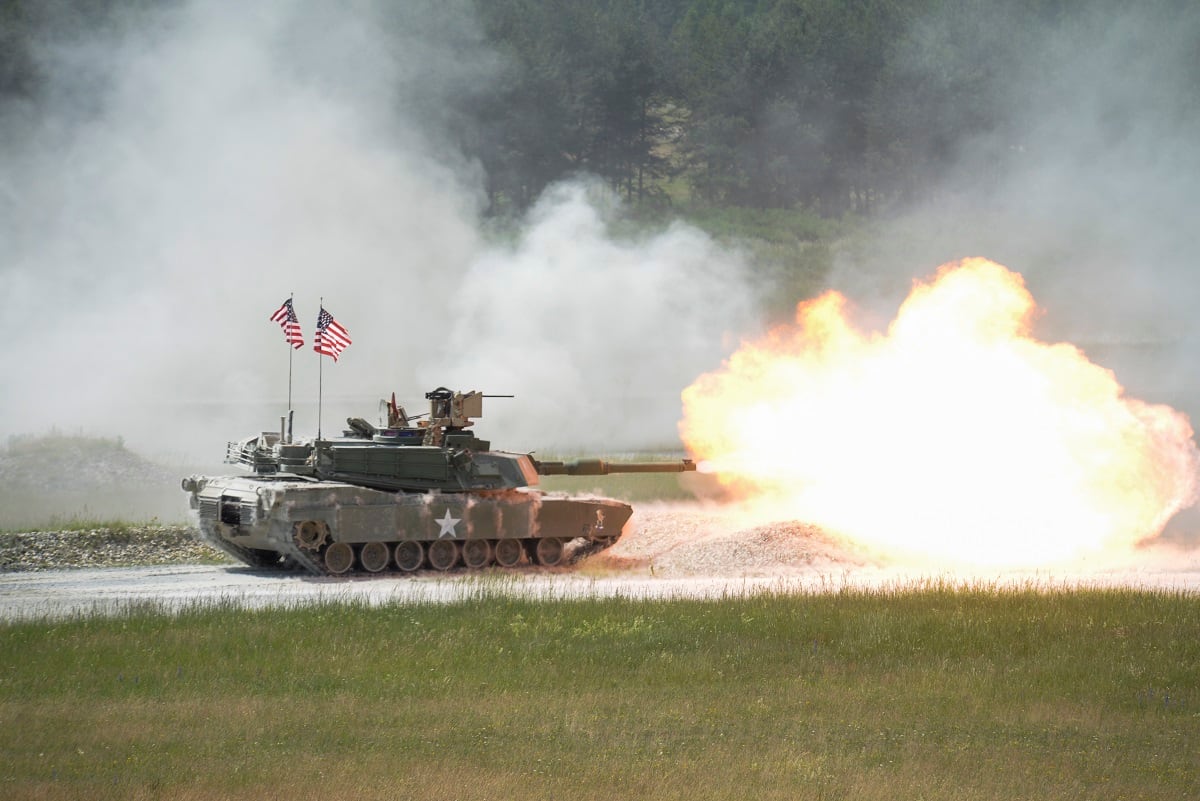The Army will convert one Stryker brigade combat team into an armored brigade combat team next year and an infantry brigade combat team to a Stryker brigade combat team in 2020, officials announced Thursday.
This comes as the force realigns itself from 17 years of fighting counterinsurgency warfare across the globe, to a shift toward near-peer adversaries such as Russia and China, which have large formations of mechanized ground combat units.
It also follows increasing demand for the Army’s armored brigades, which are committed to nine-month rotations in Kuwait, Korea and Germany, on top of other missions.
The 1st Armored Division’s 1st Brigade Combat Team at Fort Bliss, Texas, will convert from Stryker to armored next year, while the 2nd Brigade Combat Team of the 4th Infantry Division at Fort Carson, Colorado, will convert from infantry to Stryker in the spring of the following year, officials said.
Secretary of the Army Mark Esper said in a release that the conversion “ensures the Army remains the world’s most lethal ground combat force, able to deploy, fight and win against any adversary, anytime and anywhere.”
The move will see a host of changes for the soldiers at both locations, said Lt. Gen. Joseph Anderson, the Army’s deputy chief of staff for operations, or G-3.
Some soldiers will stay on post and shift to the new units, some new soldiers will come in from the various career courses and initial training. Others may decide to retrain or re-enlist to join the new units.
Exact numbers have not yet been calculated; that will be handled by the Army’s Human Resource Analysis staff, Anderson said. But the equipment and infrastructure refurbishing and refitting will take an estimated 18 to 24 months.
Simultaneously, individual soldier movement, training and, later, unit training to build BCT readiness for combat training center rotations will continue.
“We are very pleased with this decision. Fort Carson provides world class training opportunities for Strykers, and having another Stryker brigade combat team will improve 4th Infantry Division’s lethality," said Maj. Gen. Randy A. George, the division commander, in a statement.
The 2nd IBCT is currently deployed in separate operations in both Afghanistan and Kosovo.
The base of the ABCT relies on the Abrams tank, Bradley Fighting Vehicle and the Paladin artillery piece.
The move comes after last year’s conversion of the 3rd Infantry Division’s 2nd BCT at Fort Stewart, Georgia, from an infantry brigade to an armored brigade.
That will put the Army at a total of 31 BCTs in the regular Army, comprised of 11 armored. 13 infantry and seven Stryker brigades once complete.
The Army National Guard will hold 27 BCTs, among them five armored, 20 infantry and two Stryker brigades.
This gives the total Army 58 BCTs.

This announcement also comes after a recent announcement by U.S. Army Europe that it will add 1,500 soldiers to the current force strength of 33,000 troops in Germany by September 2020.
Those forces will include a field artillery brigade headquarters, two multiple-launch rocket system battalions, a short-range air defense battalion and supporting units.
There were five installations reviewed for these latest conversions — Fort Bliss, Fort Carson, Fort Riley in Kansas, Fort Stewart, and Fort Hood in Texas.
Fort Bliss and Fort Carson won out primarily for two reasons: their extensive training areas and their ability to provide force projection, or deploy rapidly or move equipment to theater, Anderson said.
RELATED

Anderson said there’s an element of structures that will come full circle, as there used to be a full armored division at Fort Bliss and now will be again.
He told reporters in a media call Thursday that the old thinking looked at a division that included one of each type of brigade combat team — infantry, Stryker and armored. But experience has shown some of the flaws with that model.
“What we learned over time was when you tried to deploy BCTs where you only have one like kind on an installation, it’s hard on some of our manning numbers,” Anderson said.
Due to training requirements, non-deployable statuses and other factors, individual units from that installation couldn’t always build a full-strength unit to get out the door for the mission, he said.
Anderson didn’t have any further details for long term force conversion but said there would be more changes in the years to come as the larger strategy is evaluated and rebalanced against current and future threats.
Todd South has written about crime, courts, government and the military for multiple publications since 2004 and was named a 2014 Pulitzer finalist for a co-written project on witness intimidation. Todd is a Marine veteran of the Iraq War.





